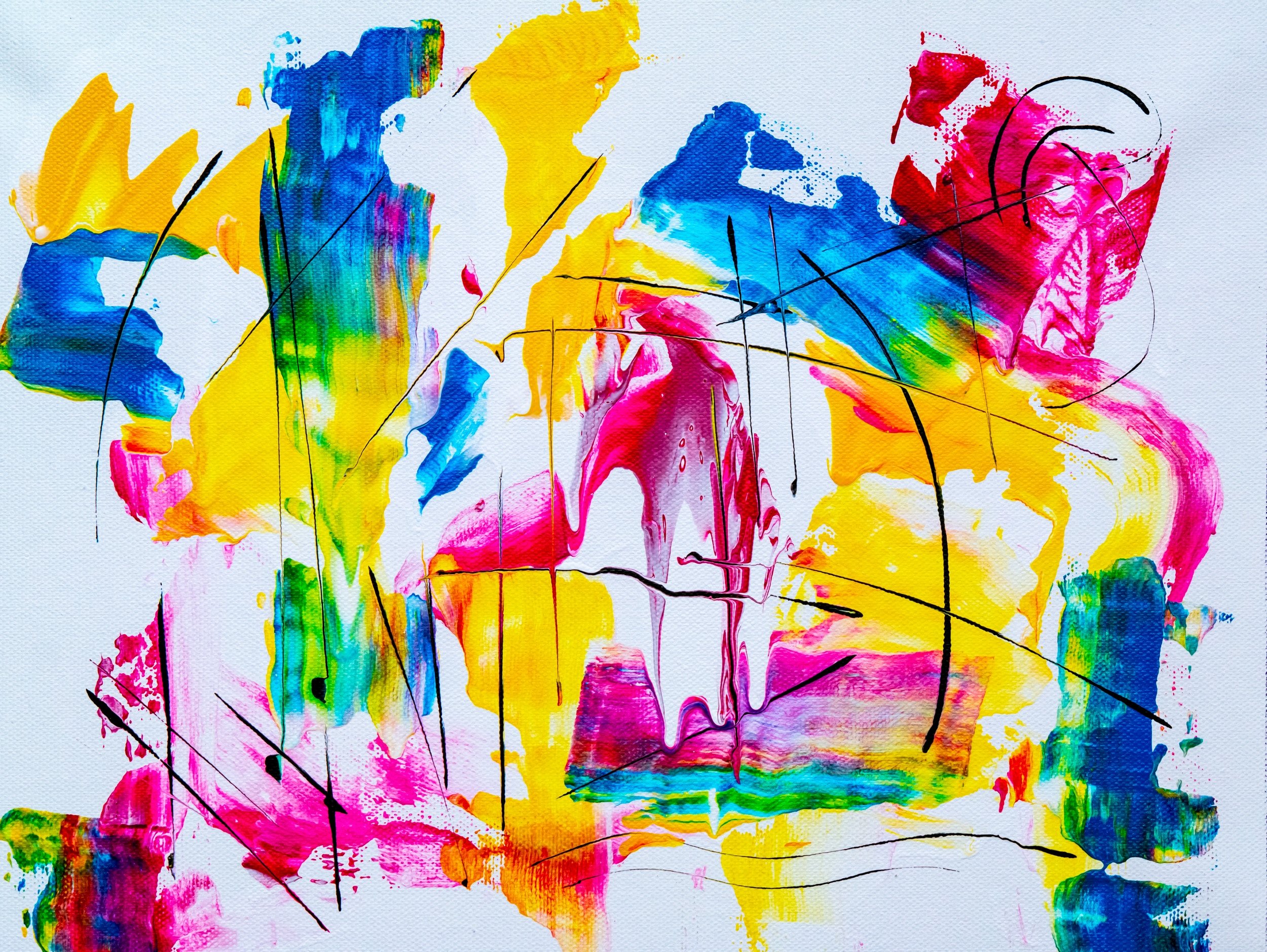Research Study Clarifies Art's Beauty
Text by Rick McViocar
Researchers are looking into how the brain handles different forms of art and creativity to produce a pleasurable feeling of beauty.
For instance, Edward A. Vessel at the Max Planck Institute in Frankfurt, Germany has been studying how the brain processes visual observations. A study by Vessel explores vision processing systems as well as the default mode network, which is focused on inward thoughts and feelings.
According to a video, “Aesthetic Experiences and the Brain,” found on Latest Thinking website, Oct. 9, 2019, one study had subjects look at pictures. Meanwhile, their brains were being scanned in an MRI, a brain imaging machine. Subjects were shown pictures of natural landscapes, visual art and architecture.
Vessel notes that the arts have different forms, or domains, that have different rules for communicating. Each domain requires judgements to be made by both the creator and the observer.
“The type of judgments a person may make about a natural landscape might be quite different than judgments they might make about artwork,” Vessel said.
With that observation in mind, Vessel’s team of researchers studied the visual processing system of the brain, called the ventral vision pathway. The neuroscientist notes that this system is focused extrinsically on the outside world.
At the same time, the researchers wanted to know about processes that are common among the observance of different domains. Toward this end, they studied the default mode network. This system is focused internally on autobiographical material.
Vessel argues that these studies have relevance for both education and health, as “an aesthetic experience can be a learning moment.”
Studies like Vessel’s are crucial for understanding how the arts are beneficial for brain health, according to Susan Magsamen in “Your Aesthetic Brain: A Growing Case for the Arts.” The article is found in Cerebrum, published by the Dana Foundation, July 11, 2019.
Magsamen describes the default mode network as a system often associated with daydreaming. However, it is responsible for much more than that. The default mode network is involved with “personal identity, a sense of meaning, empathy and imagination,” Magsamen writes.
Unlocking the secrets of how art impacts the default mode system could enhance social wellness along with an individual’s brain health.

